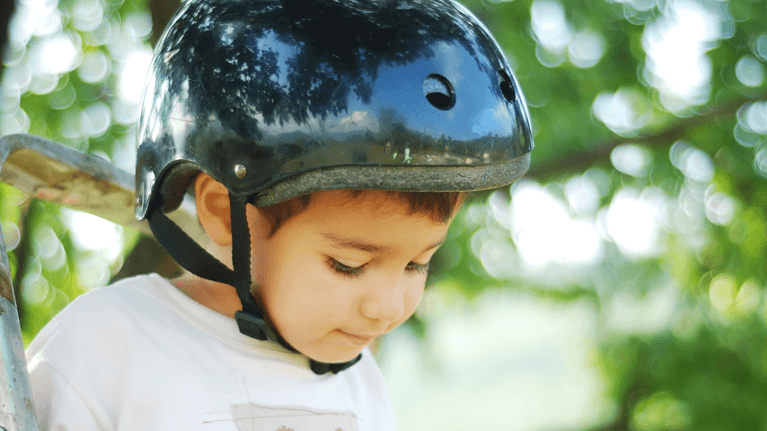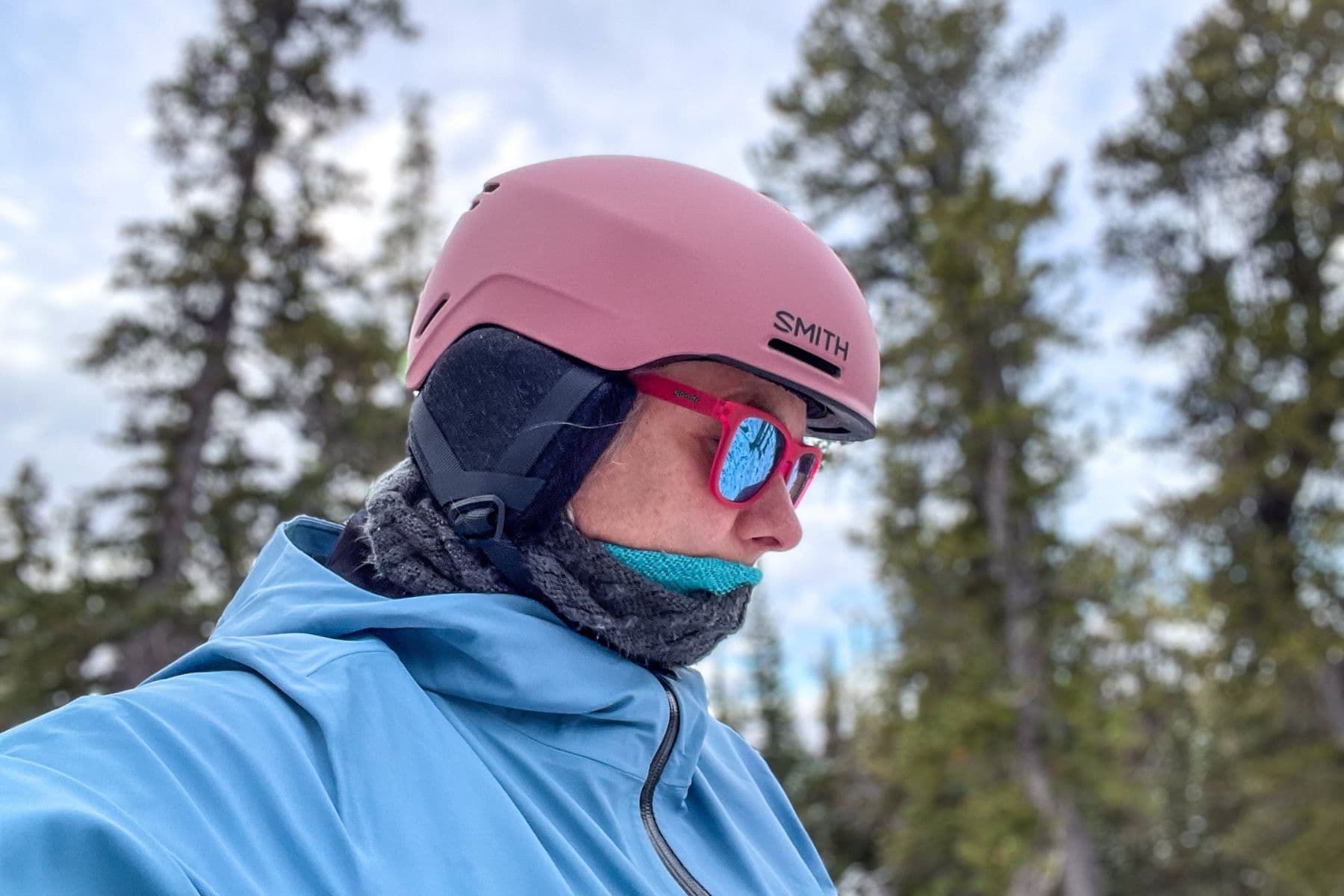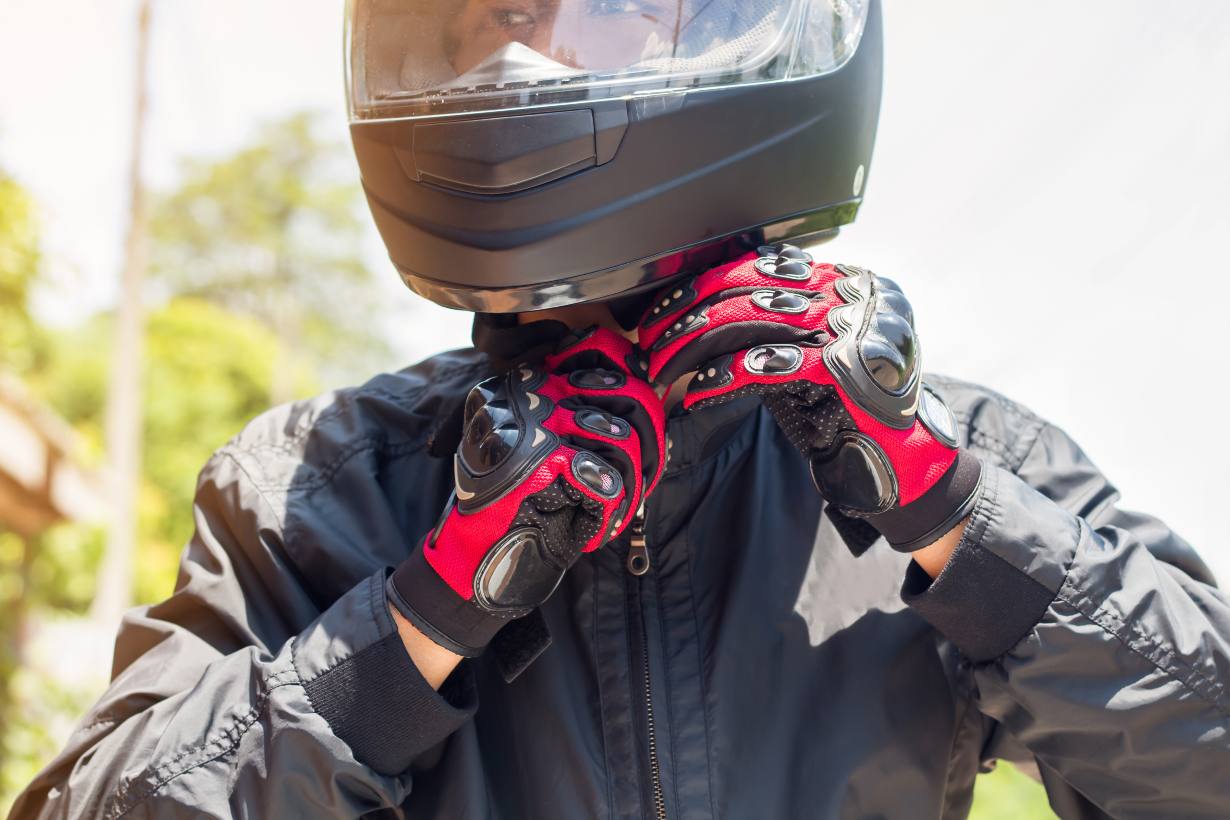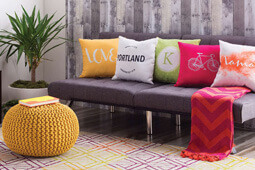Keeping kids safe while they enjoy biking, skateboarding, or scootering starts with choosing the right helmet. Children’s helmets should be comfortable, safe, and designed to fit growing heads.
With many options available, knowing what to look for is essential to ensure your child is protected.
This guide will walk you through the top factors to consider when buying a helmet for kids, so you can make an informed choice that prioritizes safety and comfort.
1. Safety Standards and Certifications
A helmet must meet recognized safety standards to provide adequate protection. Look for the following certifications:
- CPSC (Consumer Product Safety Commission): Mandatory for bike helmets sold in the U.S., ensuring they meet basic safety standards.
- ASTM (American Society for Testing and Materials): For helmets used in sports like skateboarding or scootering.
- MIPS (Multi-Directional Impact Protection System): Some helmets have MIPS technology, which reduces rotational forces during an impact, adding extra protection.
Why It’s Important
These certifications mean the helmet has undergone testing for impact resistance and retention, providing a level of assurance that it’s safe for use.
2. Fit and Sizing
A proper fit is crucial to ensure the helmet stays secure and provides effective protection. Here’s how to get the right fit:
- Measure Head Size: Use a soft tape measure around the widest part of your child’s head, just above the eyebrows.
- Adjustability: Choose a helmet with an adjustable fit system, like a dial or adjustable straps, to allow room for growth and make sure it fits snugly.
- Check the Fit: The helmet should sit level on the head, covering the forehead without tilting back. Make sure there’s no more than a two-finger gap between the helmet and the child’s eyebrows.
Why It’s Important
A loose helmet can shift during a fall, compromising protection. Properly fitting helmets stay secure and protect the head more effectively.
3. Comfort and Padding
A comfortable helmet encourages kids to wear it without complaints. Look for these features:
- Padding: Look for helmets with soft, moisture-wicking padding to absorb sweat and provide comfort.
- Ventilation: Helmets with vents allow airflow to keep kids cool, especially during warmer weather or long rides.
- Weight: Lightweight helmets are more comfortable and prevent neck strain, particularly for younger children.
Why It’s Important
If a helmet is uncomfortable, children may resist wearing it. Comfortable padding and good ventilation help keep them happy and more likely to use it consistently.
4. Type of Activity
Consider the activities your child will be doing and select a helmet specifically designed for that use.
- Biking Helmets: Designed for cycling, with rounded shells and ventilation, often with CPSC certification.
- Multi-Sport Helmets: If your child does multiple sports, look for a multi-sport helmet with both CPSC and ASTM certifications to cover a range of activities.
- Skateboarding Helmets: Typically offer more coverage, especially around the back of the head, and are tested for multiple impacts, which is essential for sports like skateboarding.
Why It’s Important
Each sport or activity has different safety requirements, so selecting the right helmet type ensures better protection for specific activities.
5. Helmet Style and Design
Children are more likely to wear a helmet they find visually appealing, so consider the style and color.
- Bright Colors and Reflective Details: Bright colors make kids more visible to others, especially when biking near roads. Reflective details add visibility during low-light conditions.
- Fun Designs: Many helmets come in designs with popular characters, patterns, or colors that kids love, making them more excited to wear them.
- Full-Face vs. Half-Shell Helmets: For more extreme sports like BMX or mountain biking, a full-face helmet offers additional face protection. For general biking and scootering, a half-shell design is sufficient.
Why It’s Important
A helmet that matches your child’s preferences and personality can make wearing it feel more fun, increasing the chances they’ll keep it on.
6. Durability and Material Quality
Look for helmets made with high-quality materials that can withstand regular use and possible falls.
- Outer Shell Material: Polycarbonate or ABS shells are durable and resistant to impact.
- EPS Foam Liner: Most helmets use EPS (expanded polystyrene) foam, which absorbs impact. It’s essential to replace the helmet if this foam becomes damaged.
- Replaceable Parts: Some helmets come with replaceable pads or straps, which can extend the life of the helmet as your child grows.
Why It’s Important
A durable helmet will provide lasting protection and is less likely to crack or wear down from minor impacts, ensuring better safety over time.
7. Additional Features
Consider added features that can improve the safety and convenience of the helmet.
- Built-In Visor: Protects from sun and debris, making it ideal for sunny weather and trail riding.
- Strap and Buckle System: A quick-release buckle is convenient for young children and allows them to fasten the helmet easily.
- MIPS Technology: Though optional, MIPS adds an extra layer of protection by reducing rotational impact, which can be beneficial for active kids.
Why It’s Important
Extra features can make the helmet more functional and convenient, while also enhancing safety in specific conditions.
8. Budget Considerations
While it’s tempting to buy a budget helmet, remember that quality and safety are critical. However, there are affordable options that still meet safety standards.
- Basic Helmets: Typically range from $20–$50 and cover essential protection for occasional use.
- Mid-Range Helmets: Priced between $50–$100, offering additional comfort features like better ventilation and padding.
- Premium Helmets: Over $100, featuring advanced technology like MIPS, superior comfort, and high-end materials.
Why It’s Important
Choose a helmet that meets safety standards and fits well within your budget. Investing in a reliable helmet is worthwhile for your child’s safety.
Conclusion
Buying the right helmet for your child involves more than just picking one off the shelf. Prioritizing safety certifications, fit, comfort, and durability ensures that the helmet provides optimal protection.
Helmets with bright colors, fun designs, and added features like a visor or MIPS technology make them more appealing to children, increasing the likelihood they’ll wear them consistently.
With these considerations in mind, you can select a helmet that not only keeps your child safe but also makes their biking or skating adventures more enjoyable. Remember, a helmet that’s comfortable, properly fitted, and suited to your child’s activities is a valuable investment in their safety and well-being.








